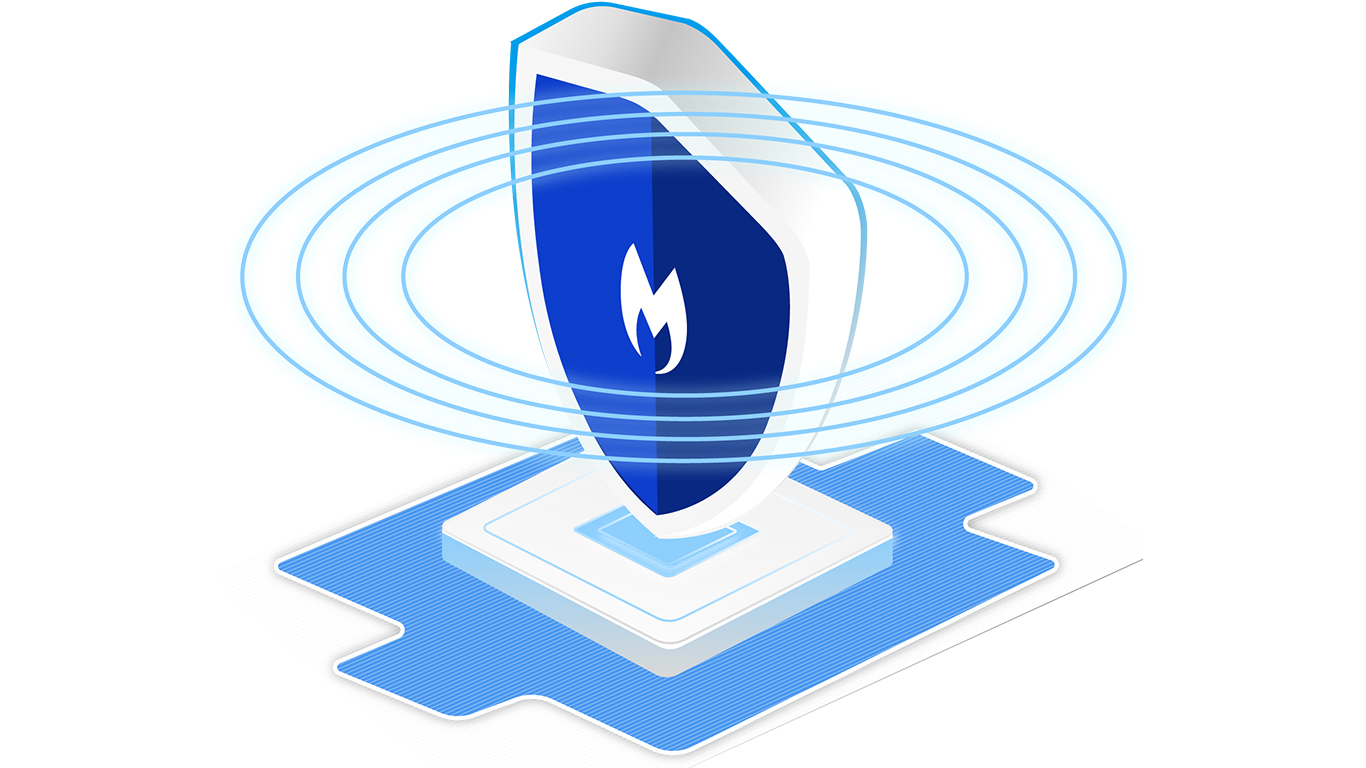What is Endpoint Detection and Response (EDR)?
Endpoint detection and response (EDR) refers to a category of software solutions that enable enterprises to detect, respond to, and prevent cyberattacks on endpoints like laptops, desktops, and servers. EDR solutions go beyond traditional antivirus and endpoint protection platforms (EPP) by providing deeper visibility into endpoint activities and behaviors. They leverage techniques like endpoint monitoring, behavioral analytics, and memory scanning to uncover malicious or unknown files and activities on endpoints that may indicate active compromises or vulnerabilities.
How Does EDR Work?
EDR solutions continuously monitor endpoints 24/7 using lightweight agents installed on endpoints. The agents collect various endpoint data including processes, registry keys, files, network connections and more. This data is sent back to the EDR console where it is analyzed using behavioral analytics and detection techniques powered by artificial intelligence and machine learning. Any suspicious activities causing deviations from normal endpoint behaviors are flagged as potential threats. The EDR console also provides investigation and remediation controls to enable security teams to respond to incidents quickly. Endpoint remediation actions like process termination, file quarantine and more can be triggered automatically or manually.
Key Capabilities of Modern EDR Solutions
Endpoint Monitoring and Logging
The Endpoint Detection and Response (EDR) solution monitors endpoints at a very granular level, collecting logs of all activities including process execution, registry modifications, file writes, network connections and more. This allows uncovering of tactics, techniques and procedures employed by attackers during or after breaches.
Behavioral Detection Engine
The heart of EDR is its detection engine which analyzes endpoint data and compares observed activities against comprehensive threat intelligence and behavioral norms created by machine learning. It raises alerts for any anomalies which may indicate active compromise or attempted attacks.
Sandbox Malware Analysis
When unknown files are seen on endpoints, Endpoint Detection and Response (EDR) can automatically capture Samples and send them to an integrated safe sandbox for sandbox analysis. The sandbox executes files in isolation and observes behaviors to determine if they are malicious.
Incident Response and Investigation
Once an alert is triggered, security teams can remotely access live impacted endpoints via the EDR console. Tools like process termination, file quarantining, registry rollback and more aid rapid containment and remediation of live attacks. Pivoting from one affected system to other connected endpoints is possible to fully scope the attack.
Threat Hunting and Query Tools
EDR solutions provide robust query languages and options to query stored endpoint data and look for potential threats and IOCs which may have been missed by default detections. This enables proactive threat hunting through endpoints to uncover hidden advanced cyber attacks.
Reporting and Dashboards
Comprehensive out of the box and customizable reports provide visibility into what threats were blocked or remediated. Dashboards help security teams track key risk, compliance and operational metrics like hygiene issues, policy violations and mean time to remediate.
Integration With SOAR
Newer EDR offerings tightly integrate with security orchestration, automation and response (SOAR) platforms. This enables automated playbooks to trigger appropriate response workflows like isolating endpoints, changing credentials, notifying stakeholders upon detection of specific attack patterns or threats.
Capabilities Beyond Detection – Prevention and Monitoring
Preventing Compromise with Behavioral Prevention
Many EDR solutions now offer behavioral-based prevention capabilities in addition to detection. Using AI and endpoint data, they can detect exploit attempts, malicious scripts or files in real-time and block executions proactively before damage occurs. Network protections also block downloads of known bad files.
Continuous Monitoring for Compliance and Risk
Modern EDR solutions shift left from just detection and response towards continuous monitoring of endpoints for policy compliance, vulnerabilities and overall cyber risk posture of organizations on an ongoing basis. They enable monitoring of adherence to configuration benchmarks, patching levels, and other risk factors beyond just responding to active attacks.
Managed Detection and Response (MDR) Services
As enterprises lack mature security operations centers (SOCs), many EDR vendors also provide optional managed detection and response (MDR) services. Expert security analysts continuously monitor customers’ endpoints using the EDR console 24/7, hunting for threats, handling detections and responding faster than customers can do it themselves to reduce breach risk.
The Future of Endpoint Protection is EDR
Traditional antivirus and EPP solutions focused only on stopping known malware threats based on IOCs like file hashes. EDR adopts a more holistic and proactive posture leveraging AI to understand endpoint behaviors, uncover unknown file-less or zero-day attacks, and prevent damage. As threats evolve rapidly, EDR is fast becoming the future of endpoint protection for enterprises looking for next generation defenses beyond just alerts and reports.
*Note:
1. Source: Coherent Market Insights, Public sources, Desk research
2. We have leveraged AI tools to mine information and compile it


